

Shane O'Donoghue
2025 Nissan Ariya Nismo review: Quick drive
6 Days Ago
Great Wall Motors could be planning a local launch of the Wey Tank 300, its new, body-on-frame SUV, with bold styling reminiscent of the Ford Bronco and Land Rover Defender.

News Editor


News Editor
The Haval brand could be getting a large, retro-looking flagship in Australia.
A patent filing on the IP Australia database shows the Tank 300, Great Wall Motors’ new body-on-frame SUV rather reminiscent of the Ford Bronco and Land Rover Defender.
In China, it’s sold under Great Wall Motors’ Wey brand, a more premium SUV brand slotting above Haval.
Should it come here, it would give buyers a more expressively styled alternative to the Haval H9, much as the Land Rover Defender walks a different walk to the Discovery or the Toyota FJ Cruiser stood out from the LandCruiser Prado.
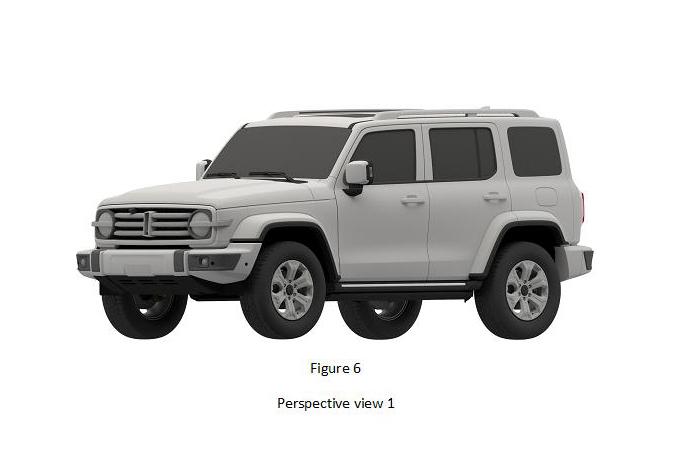
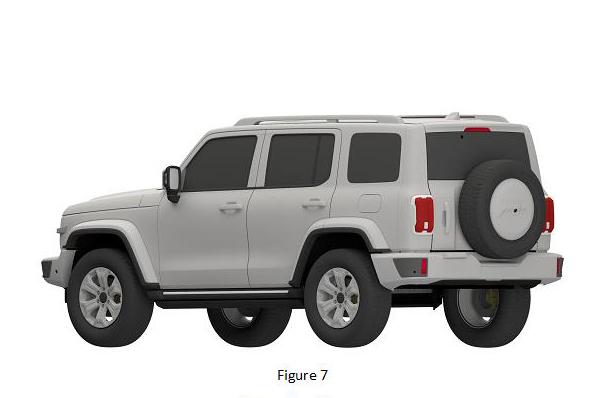
The Tank 300 is powered by a turbocharged 2.0-litre four-cylinder petrol engine producing 167kW of power and 387Nm of torque.
The engine is mated to a ZF-sourced eight-speed automatic transmission, with the Tank 300 boasting a 0-100km/h time of 9.5 seconds.
No diesel engine is currently offered in the Chinese-market model, though Great Wall Motors has diesels available including in the GWM Ute.
Underpinned by a new body-on-frame platform, the Tank 300 measures 4760mm long, 1930mm wide and 1927mm tall on a 2750mm wheelbase.

In contrast, the Haval H9 measures 4856mm long, 1926mm wide and 1900mm tall on a 2800mm wheelbase, while a LandCruiser Prado is 4995mm long, 1885mm wide, 1890mm tall, and has a 2790mm wheelbase.
Unlike those models, the Tank 300 only seats five.
Kerb weight ranges from 2075kg to 2150kg, lighter than a Prado. It also has 224mm of ground clearance, slightly more than the Prado’s 219mm.
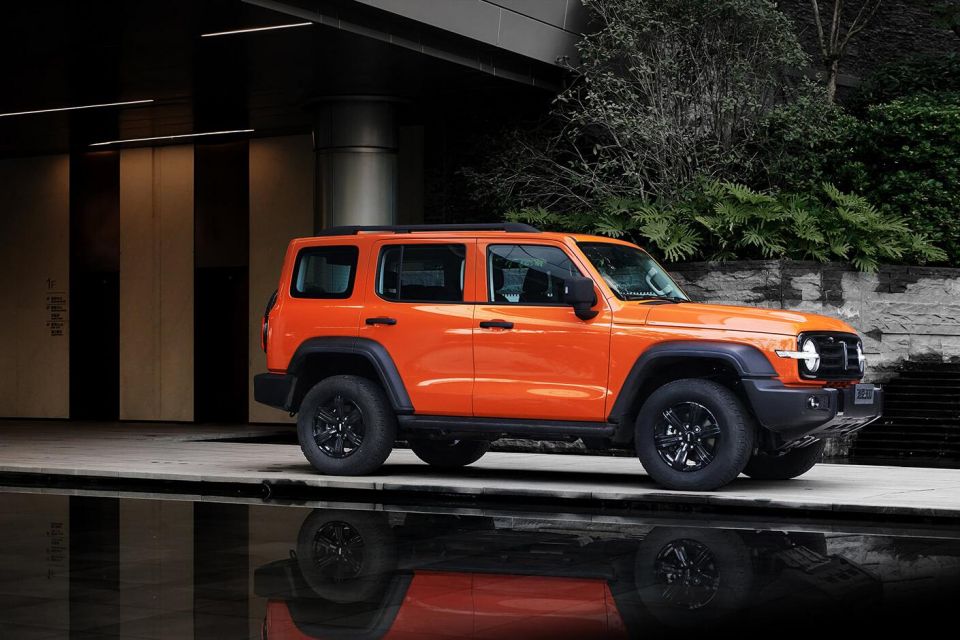

Suspension is double-wishbone up front with a multi-link live axle at the rear, and there are available locking front and rear differentials, an off-road creep mode, and, appropriately enough, a tank turn function.
The Tank 300 is available in three different trim levels in China: Explorer, Challenger and Conqueror.
Available features include a surround-view camera, 64-colour adjustable ambient lighting, matrix LED headlights, heated and ventilated front seats, and Nappa leather upholstery.
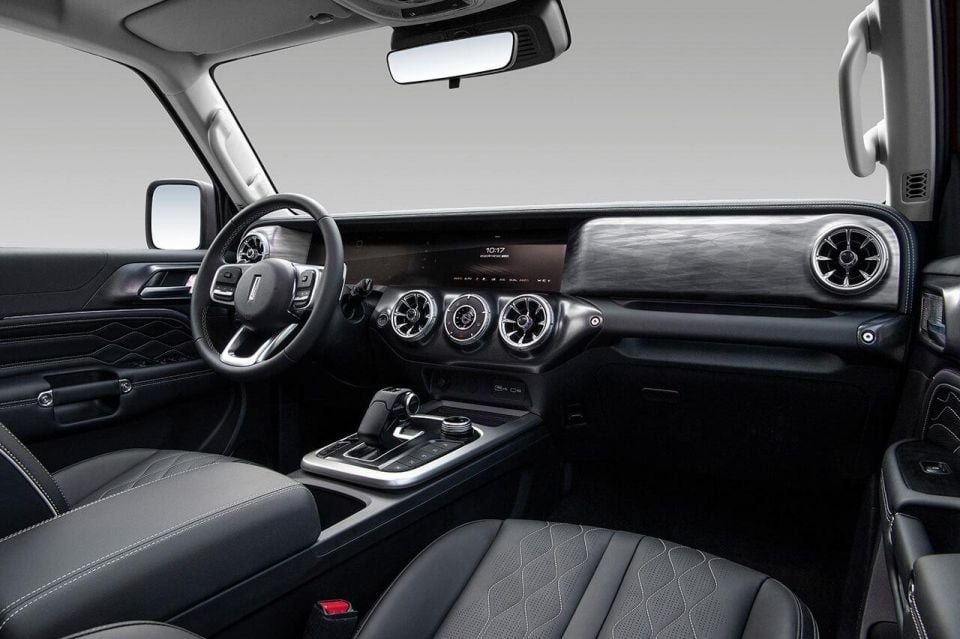
The base model has a 10.25-inch touchscreen infotainment system and a 10.25-inch digital instrument cluster, with higher-grade models featuring dual 12.3-inch units.
The bold, chunky styling is reminiscent of old-school four-wheel drives of yore, with an unashamedly retro look similar to that of the Ford Bronco.
The Tank 300’s appearance on the IP Australia database doesn’t guarantee Great Wall Motors will bring it here.
If you trawl through the database, you’ll find a number of patented designs over the years that weren’t introduced locally.
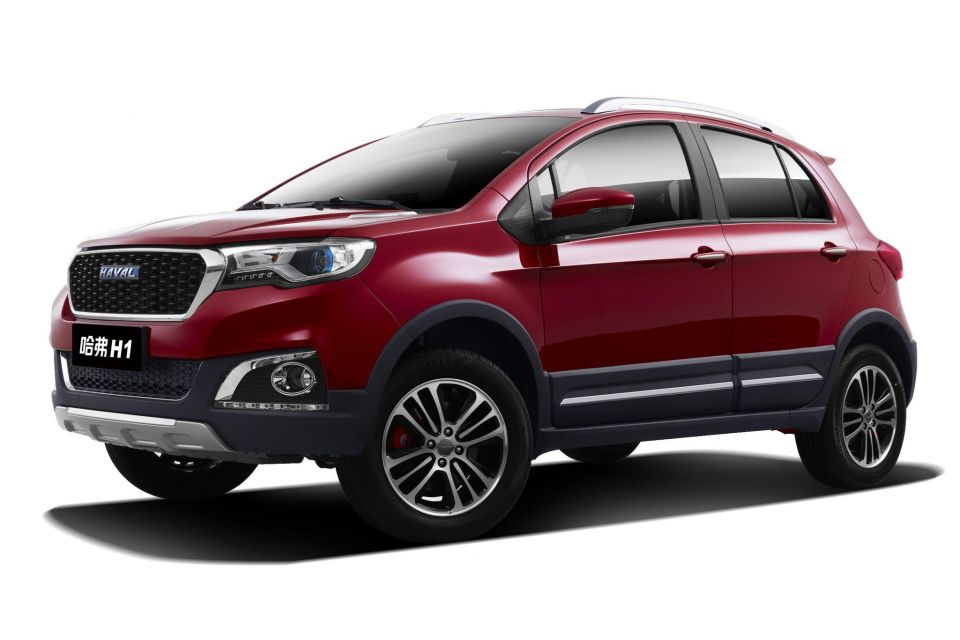

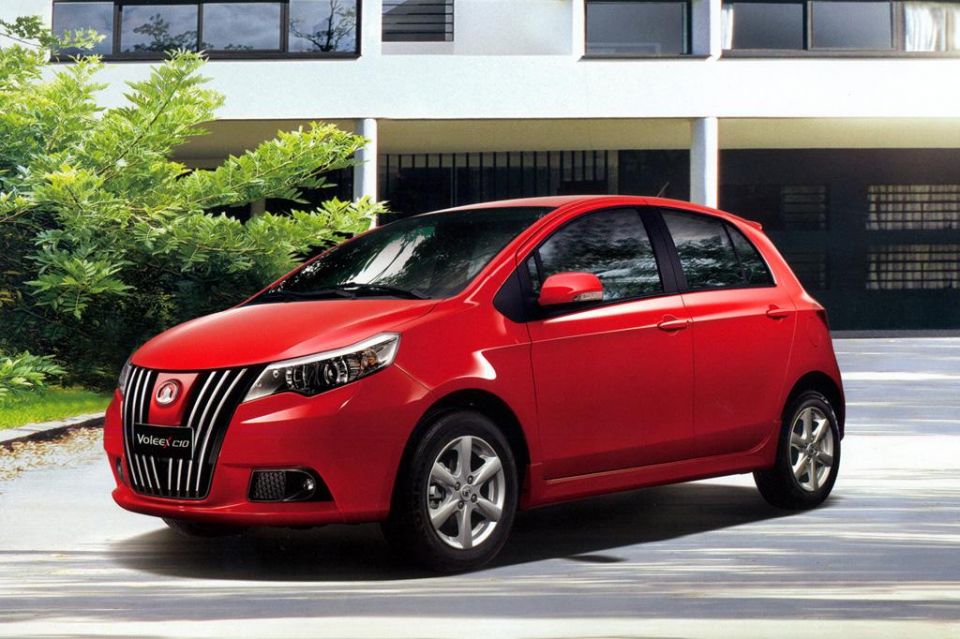
For Great Wall alone, this includes the Voleex C10 hatchback and Coolbear wagon (2007), the Haval H1 light SUV (2014), and the second-generation Haval H6 that never came here.
There are also some sedans that have been patented, before Great Wall Motors decided to focus only on pickups and SUVs both here and abroad.
Since its arrival locally over a decade ago, Great Wall Motors has been known to announce new models and then scrap plans to launch them.
One example is the Haval H7, a three-row crossover that was even introduced to Australian journalists and certified for local sale before the company scuttled it.
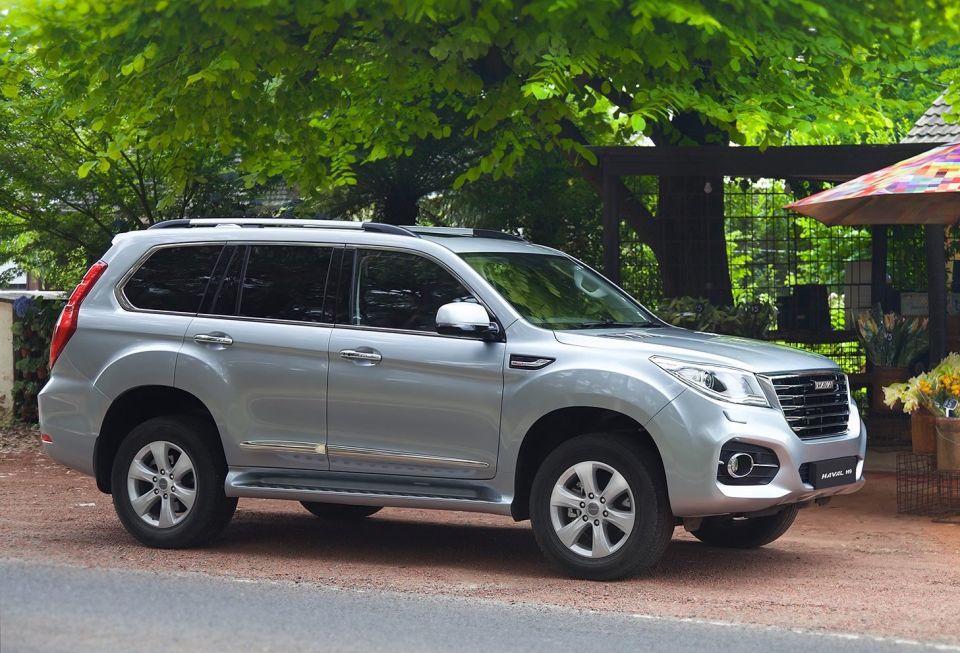
Haval currently offers only three models here: the H2 and H6 unibody crossovers, which will be completely redesigned this year, and the body-on-frame H9 SUV.
The brand’s sales have been increasing rapidly, though the H9 remains the brand’s slowest seller.
Just 349 examples were sold last year against 715 of its only Chinese rival, the LDV D90, which offers the option of a turbo-diesel powertrain.
Sales were up 11.9 per cent while the D90 was up 170.8 per cent and the Korean SsangYong Rexton was breathing down the Haval’s neck with 323 sales, up 51.6 per cent ahead of an imminent facelift.
William Stopford is an automotive journalist based in Brisbane, Australia. William is a Business/Journalism graduate from the Queensland University of Technology who loves to travel, briefly lived in the US, and has a particular interest in the American car industry.


Shane O'Donoghue
6 Days Ago


Anthony Crawford
5 Days Ago


Matt Campbell
4 Days Ago


James Wong
3 Days Ago


Max Davies
1 Day Ago


Josh Nevett
13 Hours Ago